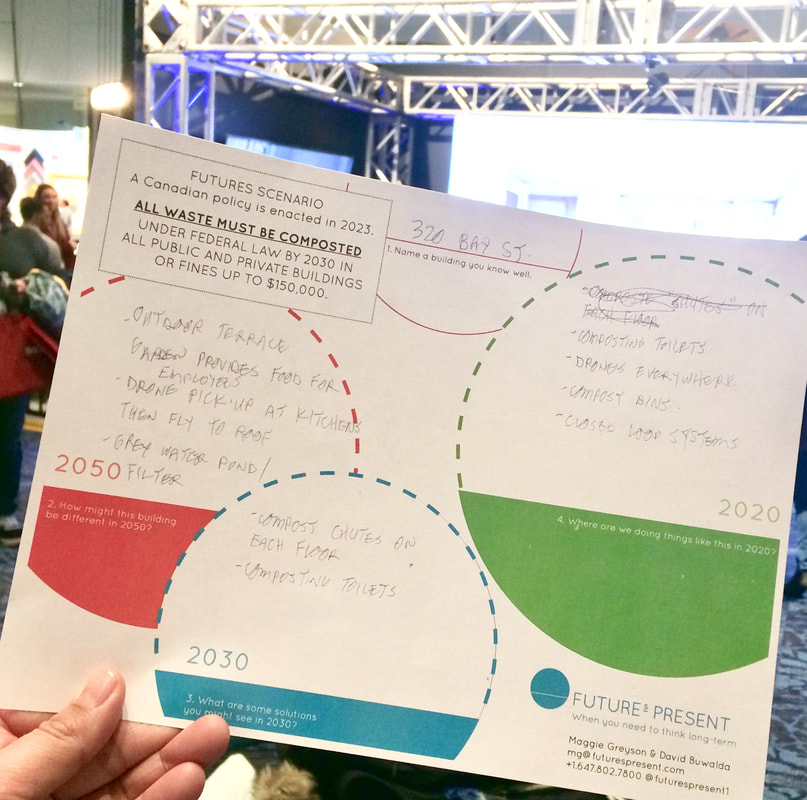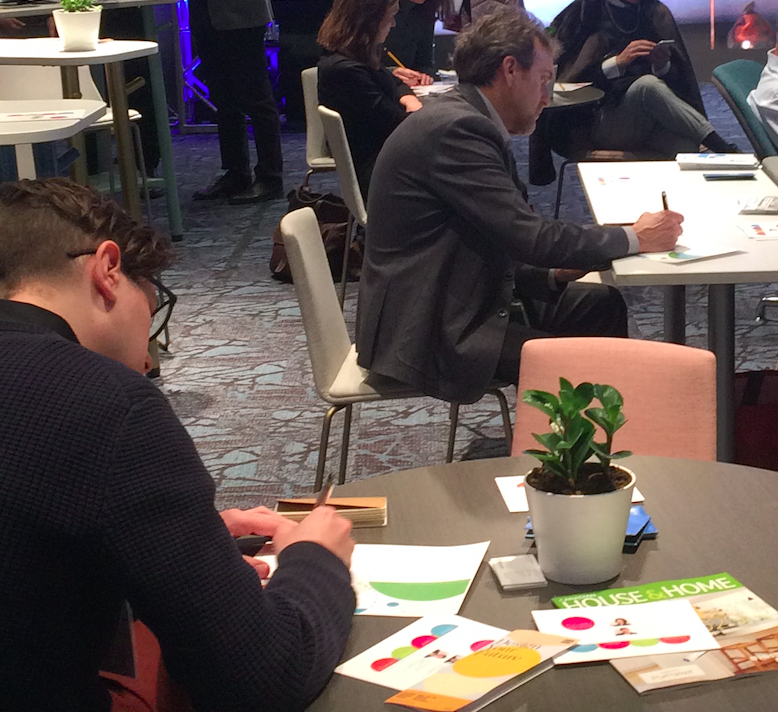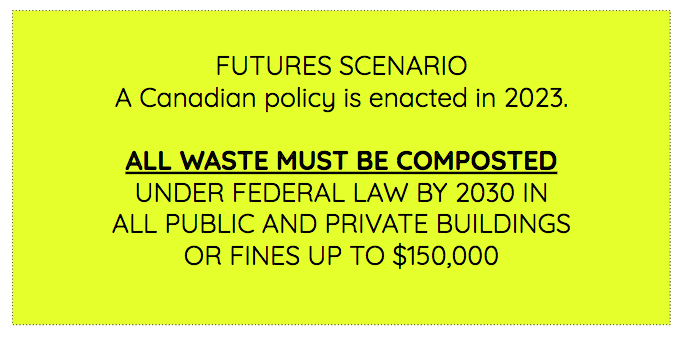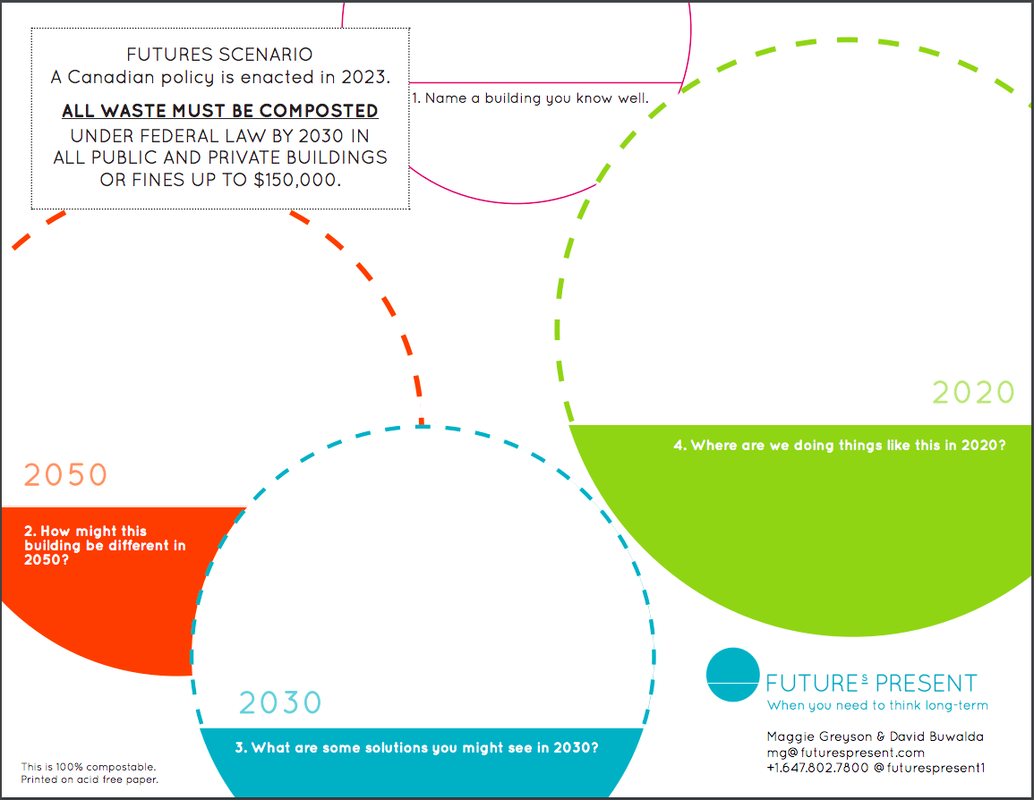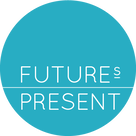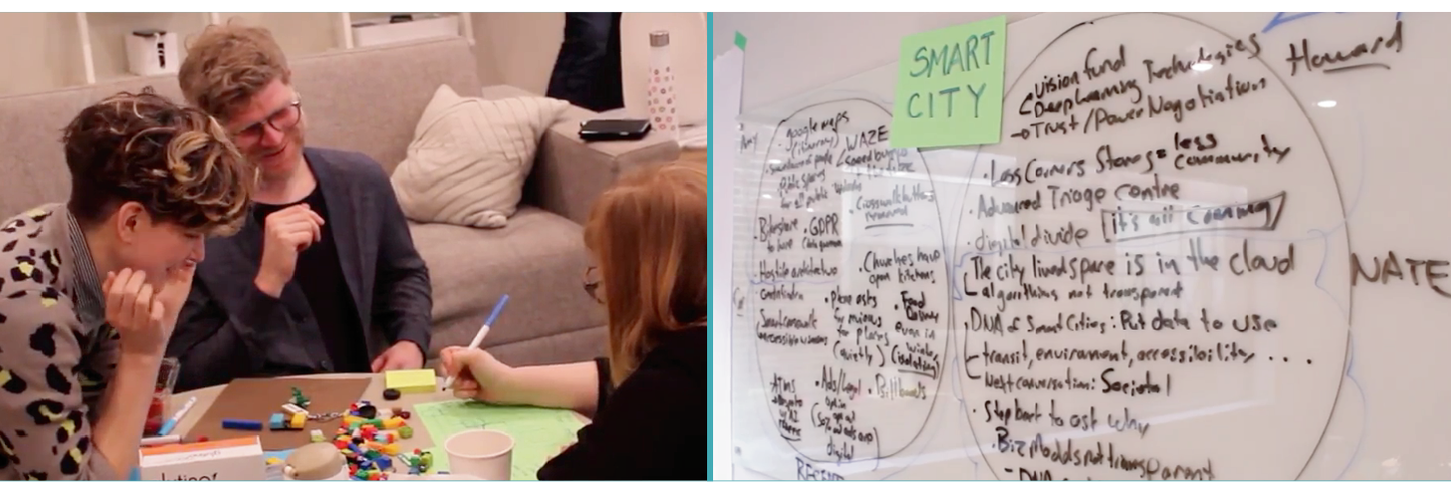|
Our “Think like a futurist” hands-on workshop at the Interior Design Show #IDS20 was our favourite project in January. The theme of the show was Design Your Future. We thought it would be rude if we didn't give them a hand with a little strategic foresight. How do we dovetail the immediate questions of architects, designers, builders, and material suppliers with long-term thinking? This workshop was designed to help them envision what supports they needed to be shovel ready, today. Futures Present drafted up a 45 minute foundational introduction to help them survey the horizon. We built a mental scaffold based on 30 years ahead to help them get to a bird's eye view. The pictures above can show you what it looks like. What did these leaders imagine that could impact their practice today? In this scenario, they start anticipating landing pads for drones and composting toilets. Karen, a designer said: "This is making me rethink my practice about what materials I am using." How and why did this hands-on workshop help her create new insight? The penny dropped because foresight is not a spectator sport. The individual who thinks about the future creates part of what they discover. (May 1997) First we designed an extreme challenge. A Canadian policy is enacted in 2023. “All waste must be composted under federal law by 2030 in all public and private buildings or fines up to $150,000.” Even though this policy might seem unlikely, a plausible scenario captivated their imagination. Futures Present designed the thought template and took them through all four thought bubbles one step at a time. In the end, everyone had something to share. Step 1. Name a building you know well. Starting a workshop with something familiar is one way to help people to master the futures mindset. Step 2. How might this building be different in 2050? The pros were asked to imagine what that particular building would look like 30 years from today. Why 30 years? With the rate of change in innovative products and effects of climate change 30 years is a useful timeline. It is likely that the industry will have already found permanent solutions for new buildings or retrofitted others for a myriad of environmental reasons. Step 3. What are some solutions that you might see in 2030? Why would they imagine ten years from now? Innovation in products a few years away often looks like high priced solutions today or affordable fixes still in a prototype. Step 3. What are some solutions that you might see in 2030? Why would they imagine ten years from now? Innovation in products a few years away often looks like high priced solutions today or affordable fixes still in a prototype. Step 4. Where are we doing things like this in 2020? Want to get a group of experts talking? Asking a question like this generated a harvest of products and services that they were very happy to share with each other, and us! FsP's Long-term thoughts The practice of thinking like a futurist is an entry point to strategic foresight. We have learned through experience that people really like long-term thinking when you help them to create high-definition images in their mind. Our pro-tip at this workshop: Start by noticing buildings, neighbourhoods, landmarks or transportation systems that evolve slowly, or are replaced really fast. This helps you to make a personal connection to the impacts you have on the next generation. We think creating scenarios using dates that are beyond the end of your planning cycle are great. They add fun, rigour, and personal engagement into your process. Discussions air assumptions and bias because there are NO facts about the future. All of these activities are progressive ways to evaluate our needs and the decisions we have to make today. Comments are closed.
|

